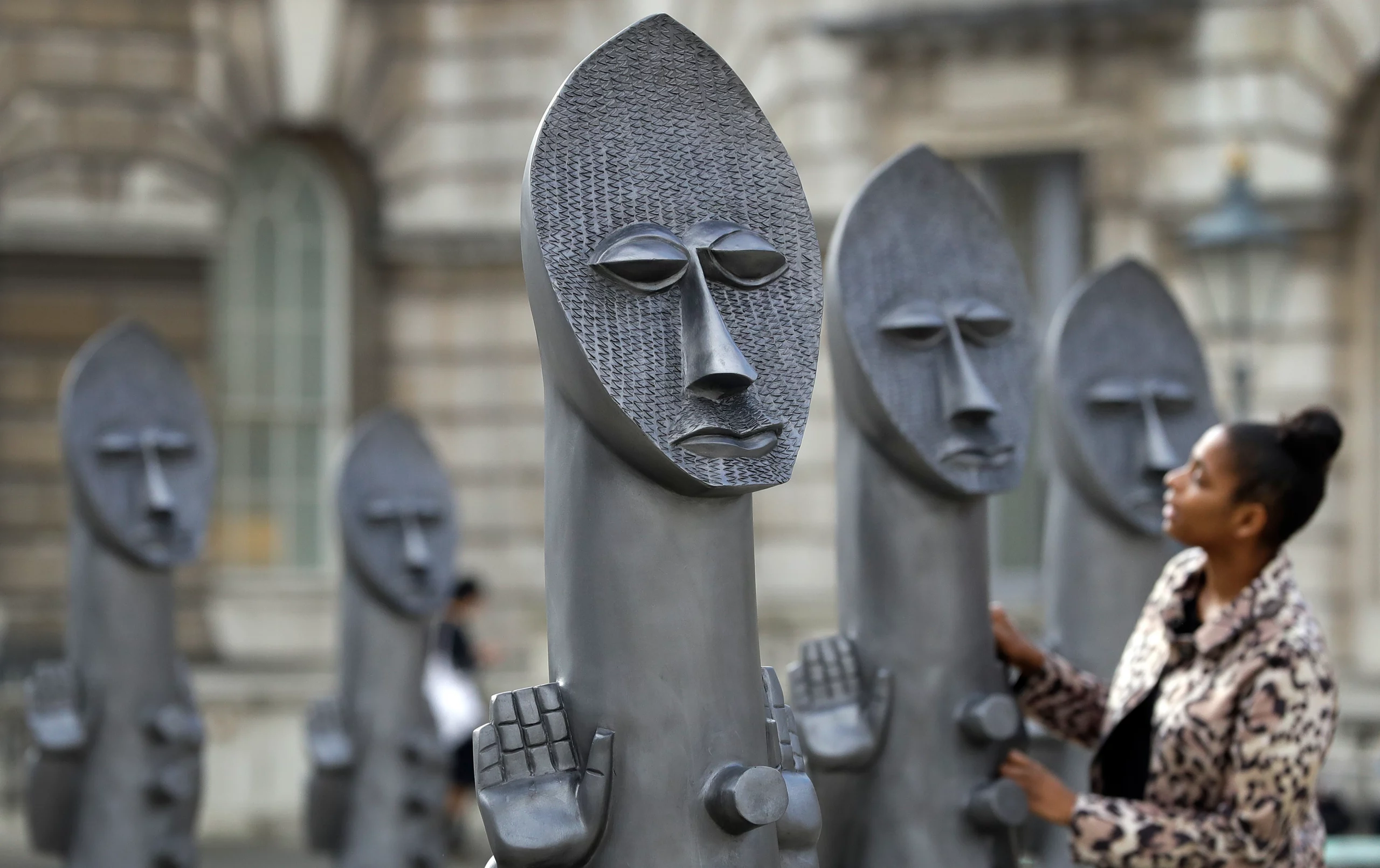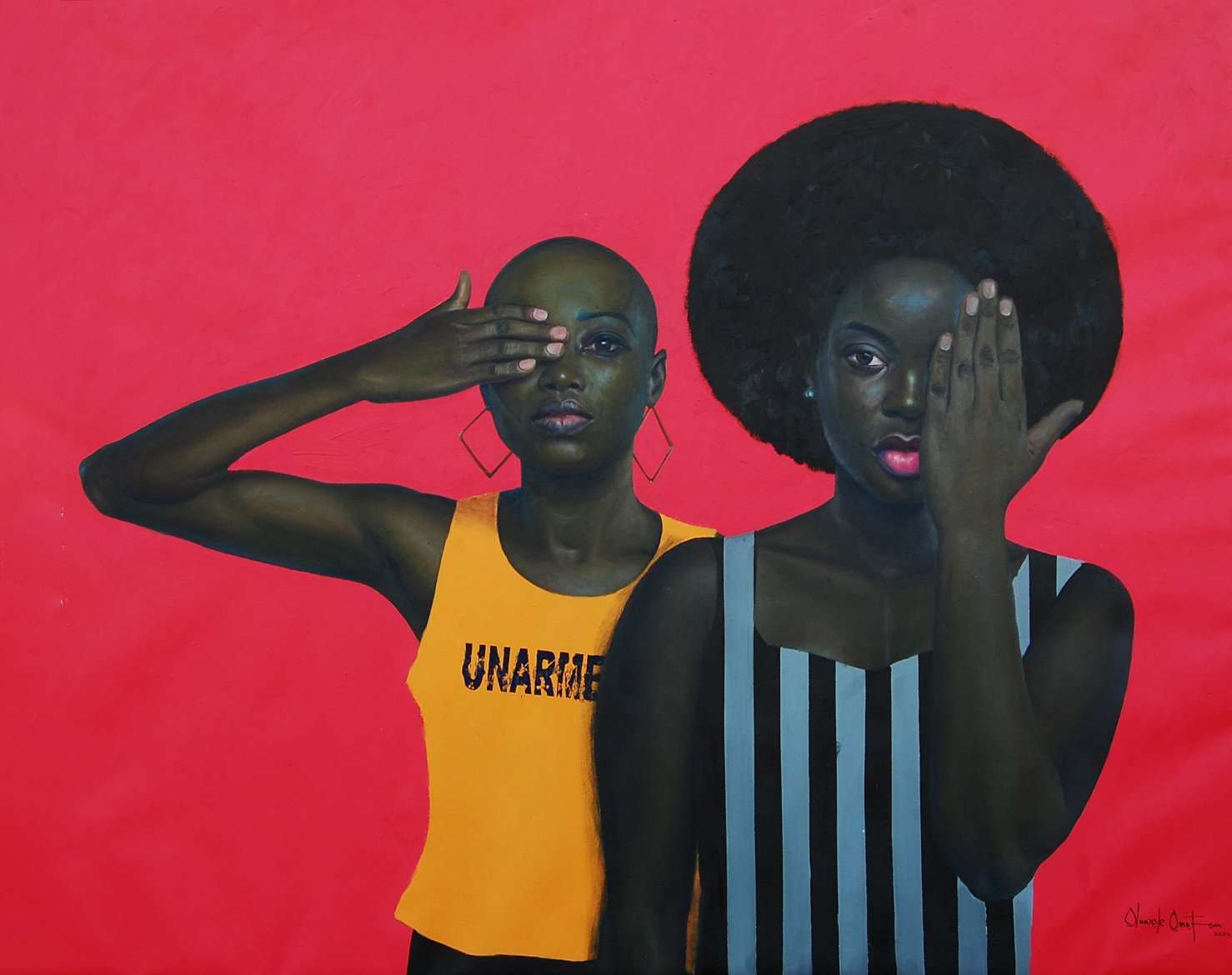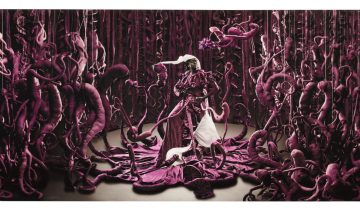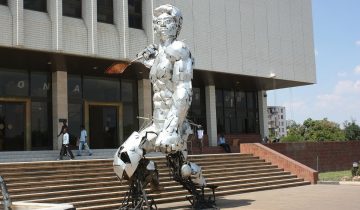The African art market has witnessed a remarkable transformation in recent years, with an increasing number of collectors, institutions, and investors recognizing the cultural and economic value of both traditional and contemporary African art. The growing interest in African art has led to a surge in global exhibitions, art fairs, and sales, generating a unique opportunity for investors to diversify their portfolios and contribute to the development of the African art ecosystem. This essay will provide an in-depth analysis of the market trends shaping the African art landscape, identify promising investment opportunities, and offer practical strategies for those considering investing in African art.
The historical context of African art is essential to understand the current state of the market. For centuries, Africa has been home to an incredible diversity of artistic traditions and practices. However, the international art world has often overlooked and undervalued the significance of African art. Fortunately, this trend is shifting as more people around the world become aware of the rich cultural heritage of the African continent and its contributions to global art history.
The purpose of this journal is to inform potential investors about the market trends and opportunities in the African art market. Our primary focus will be on Sub-Saharan Africa, where we will explore the dynamics of both traditional and contemporary African art. By doing so, we aim to provide a comprehensive understanding of the African art market, enabling investors to make informed decisions about their investments.
The scope of this journal encompasses various aspects of the African art market, including its historical development, market drivers, and challenges. We will also delve into the specific investment opportunities available, from collecting art for personal satisfaction and financial gain to supporting African art institutions and galleries. Finally, we will discuss the strategies for investing in African art, providing practical advice on building a diverse art portfolio, engaging with local art communities and networks, and staying informed about market changes.
Market trends in African Art
In recent years, the African art market has experienced rapid growth, thanks to the increased global interest in the continent’s artistic heritage. The rise of African art fairs, such as the 1-54 Contemporary African Art Fair, and exhibitions, like the Venice Biennale, have contributed significantly to the expansion of the market. Furthermore, the role of technology cannot be underestimated, as online platforms and social media have enabled African artists to showcase their work to a broader audience, facilitating sales and attracting international collectors and institutions.
The growth of the African art market can be attributed to several market drivers, including the emergence of a growing African middle class, who are increasingly interested in collecting and investing in art from their own continent. Additionally, the African diaspora’s engagement in promoting and supporting African art has played a crucial role in raising awareness and stimulating demand for African art worldwide. Finally, international collectors and institutions have become more attentive to the cultural and financial value of African art, leading to increased acquisitions, exhibitions, and support for African artists.
Despite its promising growth, the African art market still faces significant challenges, such as a lack of infrastructure, limited access to capital and resources, and legal and regulatory hurdles. Addressing these issues is crucial for the long-term success and sustainability of the market. Investors can play a pivotal role in overcoming these challenges by investing in African art, supporting local artists, and fostering collaboration between the African and global art communities.

Investment opportunities in African Art
There are various ways to invest in African art, each offering distinct benefits and potential returns. One such opportunity is collecting art for personal satisfaction and financial gain. Identifying undervalued artists and acquiring their work can lead to significant long-term investment potential, as the value of their art is expected to appreciate over time. Additionally, collecting African art allows investors to diversify their portfolios, reducing risk and potentially enhancing returns.
Another promising avenue for investing in African art is supporting African art institutions and galleries. Investing in local art infrastructure, such as museums, galleries, and art education programs, can contribute to the growth and development of the African art ecosystem. Fostering partnerships between local and global art communities can also help create a more inclusive and vibrant art market, benefiting both African artists and investors.
Investing in art-related businesses is another potential opportunity for those interested in the African art market. Art funds and investment vehicles, which pool resources to acquire and manage a portfolio of art, offer a more structured approach to investing in African art. Additionally, art financing and insurance businesses cater to the unique needs of the art market, providing essential services to collectors, galleries, and artists. Lastly, art technology and e-commerce platforms can facilitate the buying and selling of African art, connecting artists with collectors worldwide.
Strategies for investing in African art
When investing in African art, it is essential to consider several strategies that can help maximize returns and minimize risks. Building a diverse art portfolio is a crucial first step, as it allows investors to balance their investments between traditional and contemporary art, as well as different regions and art styles. This diversification can help spread the risk and enhance the potential for long-term gains.
Engaging with local art communities and networks is another important aspect of investing in African art. Developing relationships with artists, galleries, and art professionals can provide invaluable insights into the market and help identify emerging talents and trends. Participating in art fairs, auctions, and exhibitions can also help investors stay connected with the African art scene and build a solid network of contacts.
Staying informed and adapting to market changes is crucial for successful art investments. Ongoing market research and analysis, as well as leveraging professional advice and resources, can help investors make informed decisions and stay ahead of the competition. By staying updated on market developments, investors can better anticipate changes and capitalize on emerging opportunities in the African art market.
In conclusion, investing in African art presents a unique opportunity for investors to diversify their portfolios, support the growth and development of the African art ecosystem, and contribute to cultural exchange and understanding. The market trends in African art demonstrate promising growth prospects, driven by an increasing global interest in the continent’s artistic heritage and a growing middle class within Africa itself.
However, to capitalize on the potential of the African art market, investors must adopt well-informed strategies, such as building a diverse art portfolio, engaging with local art communities, and staying informed about market changes. By doing so, they can make a positive impact on the African art scene while also reaping the financial rewards of their investments.

Finally, let’s address some frequently asked questions about investing in African art:
Is African art a good investment?
Yes, African art can be a good investment, especially for those looking to diversify their portfolios and capitalize on the growing global interest in African art. However, it is essential to conduct thorough research and adopt informed strategies to maximize returns and minimize risks.
Is African art in demand?
African art is experiencing increasing demand from collectors, institutions, and investors worldwide, driven by a growing appreciation of the continent’s cultural heritage and the rising prominence of African artists in the global art scene.
Why invest in African art?
Investing in African art offers several benefits, including the potential for long-term financial gains, diversification of investment portfolios, and the opportunity to support the development of the African art ecosystem.
What is the size of the African art market?
While precise figures are hard to determine, the African art market has experienced significant growth in recent years, with increased sales, exhibitions, and support from collectors and institutions worldwide. This growth is expected to continue, presenting promising opportunities for investors in the African art market.





 No products in the basket.
No products in the basket.
Hi,
My name is Simon Gex, and I am a third year finance student at Bayes Business School.
I am currently writing my dissertation proposal on the following topic: “Is the Emerging Market for African Art a Viable Investment? Analysing Economic Returns and Market Potential.”. I was wondering if it was possible to have Dr. Abigail Adeyemi’s contact information to discuss the topic with her.
Thank you for your understanding.
Best,
Simon Gex